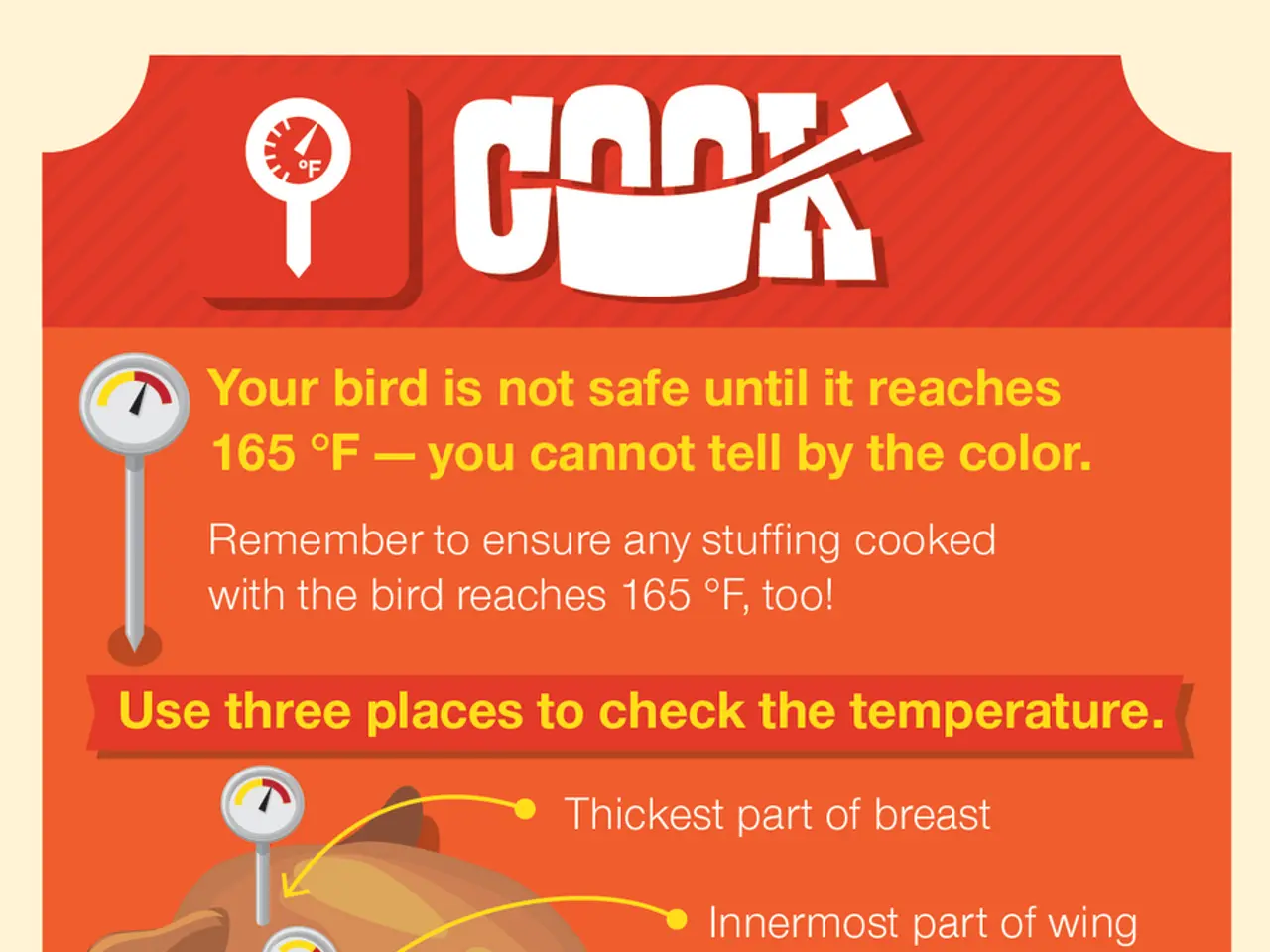Farmyard Tragedy: Bird Flu Wipes Out Chicken Populations on Farms
The avian flu outbreak, particularly the H5N1 virus, has caused a nationwide crisis in the poultry industry in the United States, impacting both farmers and consumers. The crisis is unprecedented for egg producers, with the H5N1 virus capable of decimating entire flocks within days.
The team at Herbruck's Poultry Ranch, one of the largest egg producers in the country, has faced emotional turmoil due to the outbreak. CEO Greg Herbruck has expressed sleepless nights as the battle against bird flu continues to rage on. The financial strain for egg producers like Herbruck's Poultry Ranch has been exacerbated by the need to invest in biosecurity measures.
In an effort to curb the spread of the avian flu virus and protect both animal and human populations, current strategies focus on a multi-pronged approach. For poultry, this includes the use of USDA-licensed vaccines as a complementary measure alongside biosecurity practices. Key biosecurity measures involve preventing contact between backyard or commercial flocks and wild birds, the primary reservoirs of the virus.
Enhanced surveillance and rapid identification are also crucial in detecting viral threats early to limit viral diversity and transmission. The USDA has invested over $1 billion in comprehensive strategies that include producer support programs to strengthen prevention and manage outbreaks.
For humans, strict infection control precautions are essential in suspected H5N1 cases. Patients should be isolated ideally in airborne infection isolation rooms, with healthcare workers using personal protective equipment including gowns, gloves, N95 respirators, and eye protection. Implementation of advanced indoor air standards and public health communication targeting misinformation and promoting understanding of prevention measures are also critical to controlling spread.
Despite investments in biosecurity measures, the avian flu outbreak has continued to spread. This has highlighted the urgent need for a new prevention strategy among egg producers. The current biosecurity protocols have exposed their limitations in the face of the outbreak, leading to a significant loss of birds for egg producers like Herbruck's Poultry Ranch.
However, the resilience of farmers like Greg Herbruck and the dedication of industry professionals offer a glimmer of hope in the fight against bird flu. Their commitment remains unwavering in finding solutions and safeguarding public health. The battle against bird flu is a testament to their resilience and determination.
- The financial difficulties for egg producers like Herbruck's Poultry Ranch have led to a greater focus on environmental-science-based biosecurity measures in the health-and-wellness and fitness-and-exercise industry.
- The H5N1 virus outbreak has had a profound impact not only on the poultry industry, but also on mental-health issues among egg producers who are facing the emotional strain of managing the crisis.
- In response to the avian flu outbreak, the environmental-science industry is collaborating with the finance sector to develop innovative strategies to address this problem, with the goal of ensuring a sustainable and safe business environment.
- The ongoing battle against bird flu underscores the importance of research and development in environmental-science and the poultry industry, as scientists work to create a vaccine or more effective control measures.
- As the poultry industry continues to face uncertainties due to the avian flu outbreak, it highlights the need for effective communication between industry professionals, consumers, and the public about the measures being taken to ensure the safety of the food supply and the health of both animals and humans.




